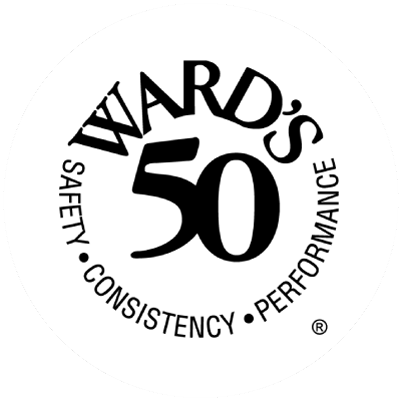You may not realize it, but in as little as one week of a building being closed problems with the plumbing can start. The COVID-19 pandemic is prompting the growing risks of unsafe water in buildings. Actions must be taken now to prevent waterborne disease outbreaks that could be caused by low or no water use in large buildings.
Check your building and take a few proactive steps to make sure it’s in good shape now and when you reopen.
- Water in closed or low occupancy buildings will sit and stagnate, potentially making the water unsafe for use.
- Harmful organisms such as Legionella bacteria can grow in plumbing if the water sits. Unsafe levels of lead and copper can also result.
- There are more than 5 million non-residential buildings in the U.S., including offices, retail locations, restaurants, and other facilities.
- When buildings reopen, a process called recommissioning can be performed, in which the plumbing can be safely returned to normal use.
- Remember that occupancy may not reach full capacity immediately; a period of low-use may continue. Actions to return plumbing to normal may need repeating as building occupancy increases.
What can you do to protect your building’s plumbing?
- Contact your public health department for advice about building water safety.
- Communicate information provided by the health department to your building occupants.
- At least once per week, refresh your plumbing by flushing water through fixtures, as the freshwater can help prevent organisms from growing in the plumbing. In addition, this can help flush out undesirable levels of copper and lead.
- Another benefit to flushing systems is that it will refill water in sewer traps that may have evaporated due to lack of use. Priming these traps would prevent sewer gasses from venting into the building.
- Get in touch with a plumber or engineer for assistance and more information.
- Let your building occupants know what the health department has communicated to you.
Further CDC guidance
The CDC has additional information to help with building re-opening, and ways to prevent water-borne illnesses caused by stagnant water:
- Ensure your water heater is properly maintained and the temperature is correctly set
- Determine if your manufacturer recommends draining the water heater after a prolonged period of disuse. Ensure that all maintenance activities are carried out according to the manufacturer’s instructions or by professionals.
- Make sure that your water heater is set to at least 120°F
- Higher temperatures can further reduce the risk of Legionella bacteria growth, but ensure that you take measures to prevent scalding if you water heater is set to >130°
- Flush your water system
- Flush hot and cold water through all points of use (such as showers and sink faucets). Flushing may need to occur in segments due to facility size and water pressure. The purpose of building flushing is to replace all water inside building piping with fresh water. Flush until the hot water reaches its maximum temperature.
- Clean all decorative water features, such as fountains
- Be sure to follow any recommended manufacturer guidelines for cleaning.
- Ensure that decorative water features are free of visible slime or biofilm.
- After the water feature has been re-filled, measure disinfectant levels to ensure that the water is safe for use.
- Maintain your water system
- Consider contacting your local water utility to learn about any recent disruptions in the water supply. This could include working with the local water utility to ensure that standard checkpoints near the building or at the meter to the building have recently been checked or request that disinfectant residual entering the building meets expected standards.
- After your water system has returned to normal, ensure that the risk of Legionella growth is minimized by regularly checking water quality parameters such as temperature, pH, and disinfectant levels.
- Follow your water management program, document activities, and promptly intervene when problems arise.
These are just a few of the steps you should take to ensure your building and its occupants are safe and healthy after a shutdown.
SOURCES
https://engineering.purdue.edu/PlumbingSafety/covid19/resources/faq-building-water-safety
https://www.cdc.gov/coronavirus/2019-ncov/php/building-water-system.html


